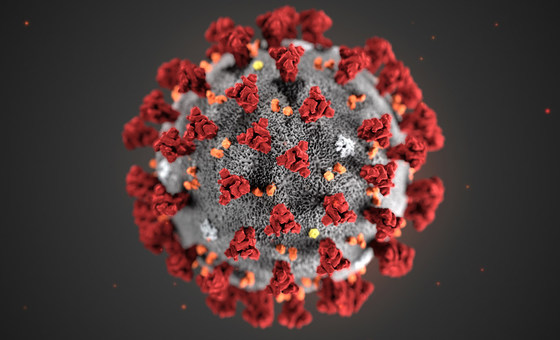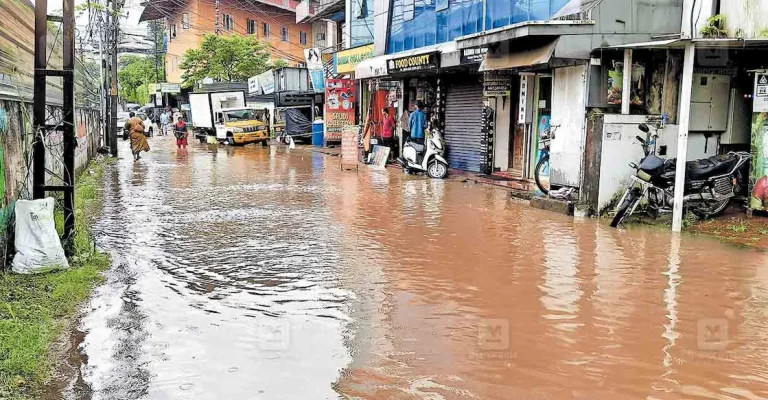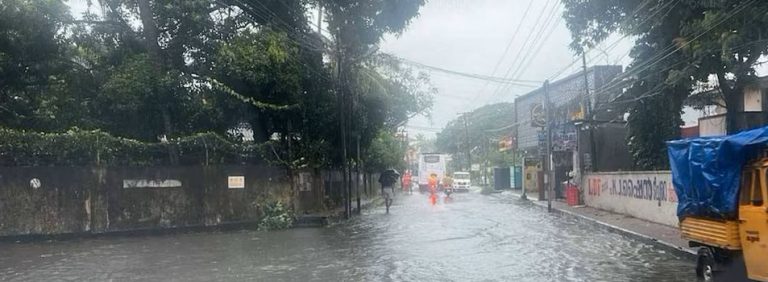
As of May 27, 2025, India is witnessing a steady rise in COVID-19 infections, with active cases crossing the 1,000 mark for the first time this year. The sudden uptick, particularly in states like Kerala and Maharashtra, coincides with a global trend that has seen new Omicron subvariants surface and contribute to localized spikes in cases.
🇮🇳 India’s COVID-19 Status – May 2025 Overview
- Active Cases: 1,010
- New Infections (Week Ending May 26): 752
- COVID-19 Deaths (Same Week): 7
The Indian states most affected include:
- Kerala: 430 active cases
- Maharashtra: 209
- Delhi: 105
- Karnataka, Tamil Nadu, and Gujarat have also reported increased numbers.
According to the Indian Council of Medical Research (ICMR), though the figures warrant monitoring, there is “no need for public panic” as of now.
🧬 New Omicron Subvariants in India: NB.1.8.1 & LF.7
Recent genome sequencing has confirmed two new variants:
- NB.1.8.1 – Detected in Tamil Nadu
- LF.7 – Found in Gujarat
Though not currently classified as Variants of Concern (VOC), these strains are being closely tracked by the National Institute of Virology and WHO.
🌍 Global COVID-19 Trends – April to May 2025 (WHO)
Between April 14 and May 11, the World Health Organization (WHO) reported:
- New Cases Globally: 91,583 (Up from 35,599 in the previous 28-day period)
- New Hospitalizations: 75,447 (from 34 countries)
- ICU Admissions: 223
- Deaths: 1,270 (down from 1,560 in the prior period)
Several Southeast Asian countries, including Singapore and Thailand, are seeing notable increases. In response, some have introduced mask mandates in crowded indoor spaces and airport screenings.
🔗 Source: WHO COVID-19 Dashboard – May 2025
🔗 IndiaTimes: Is it safe to travel to Singapore and Thailand? – May 26, 2025
🩺 What Are the Symptoms of the New COVID Variants?
The latest Omicron offshoots are showing a mix of traditional and new symptoms:
- Sore throat and dry cough
- Low-grade fever
- Fatigue and body pain
- Diarrhea, nausea, or abdominal discomfort
- Loss of smell and taste (less common)
Experts stress that even mild symptoms should not be ignored. PCR testing remains the most reliable diagnostic method.
✅ Health Advisory: Stay Informed, Not Alarmed
- Get vaccinated and boosted if eligible.
- Wear masks in crowded or enclosed public areas.
- Practice hand hygiene and social distancing.
- Avoid international travel to countries with rising cases unless necessary.
- Monitor for symptoms and isolate early if needed.
📊 Conclusion: A Global Warning Bell, Not a Panic Signal
India’s case count is small compared to the 2020–2021 waves, but the emergence of new variants and mirrored international trends signal the importance of preparedness, surveillance, and public awareness. Continued vigilance and responsible behavior can help avoid another health crisis.
Credits & References
- Moneycontrol, May 27, 2025
- WHO COVID-19 Dashboard (https://data.who.int)
- Times of India, May 25, 2025
- IndiaTimes, May 26, 2025
- The New Indian Express, May 26, 2025
Disclaimer
This article is intended for informational purposes only. It is based on publicly available data as of May 27, 2025. Health guidelines may vary by region. Please consult your local health authority or WHO for the most up-to-date and personalized medical guidance.






